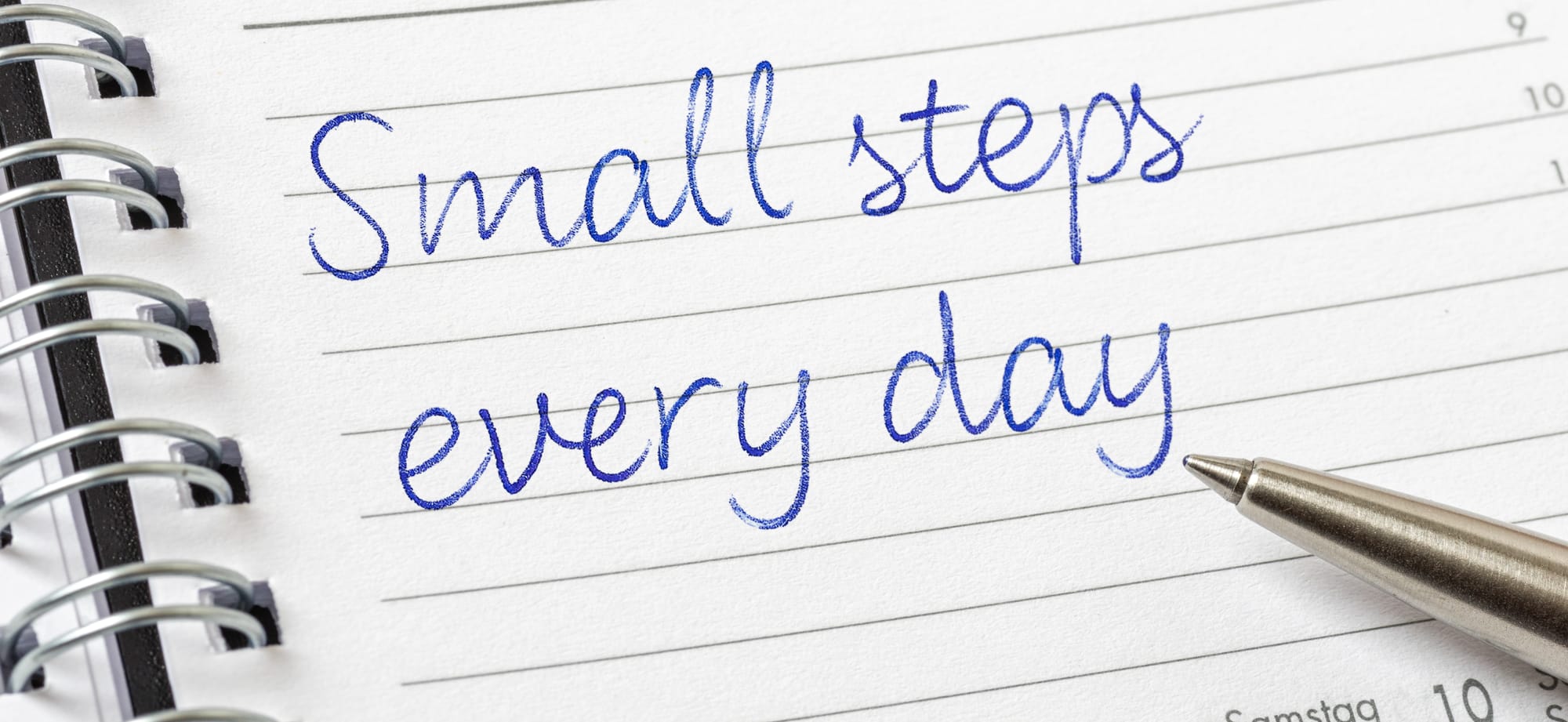The “I’ll Do It Tomorrow” Trap: Reinvention at Any Age
I almost walked away the day before my blog went viral. The truth is, procrastination isn’t a time-management problem, it’s a hesitation problem. From twenty-five to sixty-five, the “tomorrow” trap looks different, but the cure is the same: one small action, today.

When Doubt Whispers: Facing Procrastination and Finding Momentum
The first buzz was curiosity. The second was a coincidence. By the twelfth, my phone was dancing frantically on my nightstand, digital awakening on a lazy Sunday morning. I fumbled for the thing, expecting spam, or maybe a family group chat spiraling out of control with cute dog videos.
What I found was a surge of humanity.
Somehow, my piece had found its way onto Hacker News. It wasn’t just on the front page; it was being torn apart, built back up, and argued over in real time. The comments were a deluge of pure, uncut humanity, simultaneously awe-inspiring and utterly terrifying. My subscriber count was taking off.
But here’s the confession: just before the “earthquake,” I had nearly walked away
I sat at my desk staring at a blank page that felt less like paper and more like a mirror reflecting my doubt at me. Every sentence I tried to write dissolved into static. The cursor blinked like it was taunting me: Still nothing?

Sharing didn’t feel like sharing anymore; it felt like shouting into a canyon and waiting for an echo that never came. The silence was deafening.
That’s when the familiar voices showed up, the uninvited assassins of ambition: doubt, insecurity, and their sly cousin, procrastination. They never knock. They settle on your shoulder and whisper: Why bother? Nobody’s reading. Give up. Or better yet, do it tomorrow.
I was living proof of what science confirms: procrastination isn’t a time-management issue; it’s a stress-management issue. The weight of that unfinished post was a real cognitive load, a background process eating up my mental RAM. Researchers like Timothy Pychyl have shown this state creates a vicious cycle: we feel bad, so we delay so that we feel better, which makes us feel worse for delaying. I was caught in it.
I didn’t need motivation. I needed motion. I stopped trying to write the grand, ambitious post. Instead, I made it less ambitious. I took a simple practice from my own life -my journaling technique- and I focused on breaking it down into its most basic parts so I could share it clearly. I didn't try to "write a masterpiece"; I just started explaining one step. Then another.
It was my antidote to the overwhelm. It wasn’t about quality; it was about momentum. I was applying the very method I wanted to teach.
For weeks, the canyon had echoed back mostly in silence. But then, one person said that my blog helped them, and they really enjoyed reading my articles.
That was it. That was the win. The electric jolt of knowing my messy human experience had helped someone’s load is the purest fuel I know.
That modest comment, arriving just before the viral storm, solidified my resolve. The subsequent surge wasn't validation; it was amplification. The numbers were noise; the win was the human connection. Had I stopped, or even delayed, I would have missed that experience entirely.
It revealed something simple but seismic: the true enemy isn't failure, it's hesitation. The silent killer isn't rejection, it’s procrastination. That moment of connection, born from pushing through resistance, became the ultimate proof that showing up matters more than any metric. Keep pressing forward.
Tomorrow Is a Mindset: Why Reinvention Can’t Wait

We all know the script:
“I’ll start next week.”
“I’ll get in shape after this busy season.”
“I’ll learn guitar when life slows down.”
Tomorrow is the world’s favorite bucket list. A convenient parking lot where our best intentions go to die.
The danger? Tomorrow never shows up in the way we imagine it. Weeks slip into years, and the “tomorrows” gather dust. By the time the opportunity comes back around, the hike feels harder, the guitar strings are rusted, the relationships have drifted.
Enjoying the journey so far?
If you like deep dives into creative chaos, productivity under pressure, and nerdy lessons from real-life experiments, subscribe to get future posts delivered right to your inbox. Subscribe Now
Reinvention at Any Age: Small Pivots Over Grand Gestures
The trap of “tomorrow” looks different for everyone, and let’s be blunt: privilege paints the walls of that trap. For the 25-year-old, it might be the freedom to grind for a payoff later. For the 45-year-old, it’s often not a choice between boredom and change, but a terrifying calculation of health insurance and mortgage payments. For the 65-year-old, the dream of a purposeful retirement can be crushed by the simple, brutal necessity of continuing to work.
Different ages, same trap: mistaking delay for strategy.
So, when I say “start,” I don’t mean “quit your job and bet it all.” Core advice from books like James Clear’s Atomic Habits is so powerful: it ignores the grand gesture and focuses on systems of small, daily wins.
Within real constraints, reinvention is about small pivots, not dramatic leaps.
- It’s a software dev writing one messy page a day after the kids are asleep, not waiting for a retirement that may never come.
- It’s the mid-career worker auditing a free online course on their lunch break instead of endlessly collecting bookmarked tutorials.
- It’s the exhausted parent protecting one evening a week for family, no phones allowed, instead of promising a “big trip someday.”
- It’s the older professional mentoring one person now, instead of waiting to “give back” when life finally slows down.

The scale is irrelevant. The intent is everything; it's the engineering of consistency. Even the smallest action done today is infinitely more powerful than the grand, perfect plan you’ll start “someday.”
Rest and Procrastination: Learning the Difference
Procrastination often disguises itself as “rest”, but there is a difference.
Good rest refuels. It resets you. For me, that looks like gaming weekends or beach days with my wife, the kind of breaks that leave me more alive. As Neil Fiore argues in The Now Habit, often the most effective way to overcome procrastination is to schedule this guilt-free play first, creating protected time for work.
Bad rest drains. It’s endless scrolling, the TV you don’t remember watching, the hours that dissolve without leaving anything behind. The line between the two is thin, but crucial.
I learned this firsthand when I started logging my time, seeing in black and white how much of it was going to the wrong kind of rest.
Don’t Wait: Start Reinventing Your Life Today

The danger isn’t failing. It’s deferring. It’s quietly outsourcing life into a mythical tomorrow that never quite arrives.
So, ask yourself:
- Where am I cruising on autopilot?
- What’s in my “do later” bucket that’s important?
- What’s one small thing I could bring forward into today?
The worst bargain is treating life like a two-act play: work now, live later. The smarter move is to balance rest with action, comfort with curiosity, and plans with experiments.
For those feeling overwhelmed by the sheer volume of "someday" tasks, the systematic approach of David Allen’s Getting Things Done isn’t about doing more; it’s about building a trusted system to get the noise out of your head and onto paper, freeing your mind to focus.
Stay curious. Stay accountable.
And above all, don’t give up on that goal. Don’t even postpone it.
Start today!
Ed Nite
Note: This article details my personal journey with procrastination, doubt, and finding momentum. The strategies and insights are based on my own experiences and the research that guided me. They are not a one-size-fits-all solution or a substitute for professional advice. If you are facing significant challenges related to mental well-being, chronic stress, or making major life decisions, please seek guidance from a qualified professional. My only goal is to encourage that first small, sustainable step forward, whatever that looks like within the beautiful, complicated reality of your life.